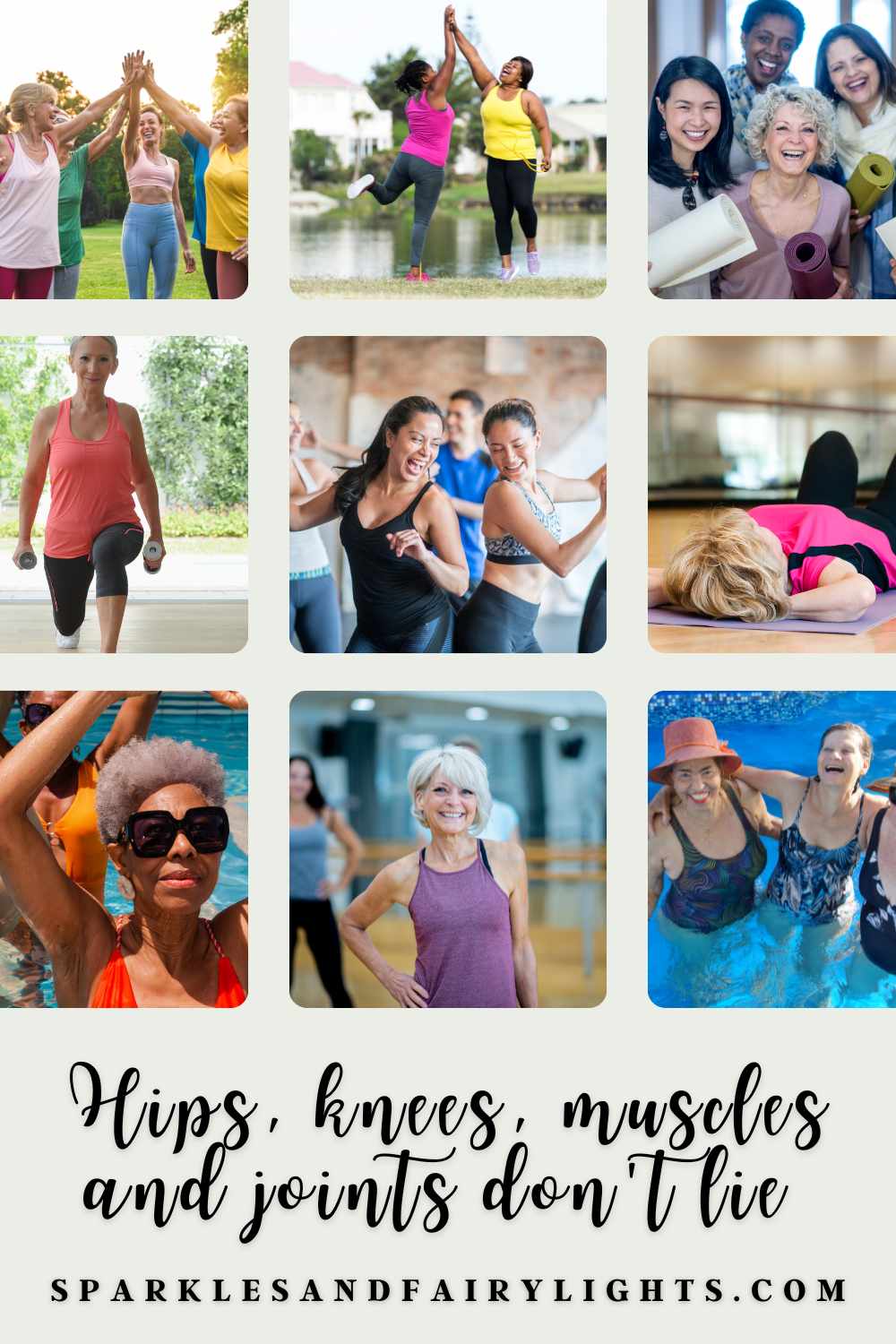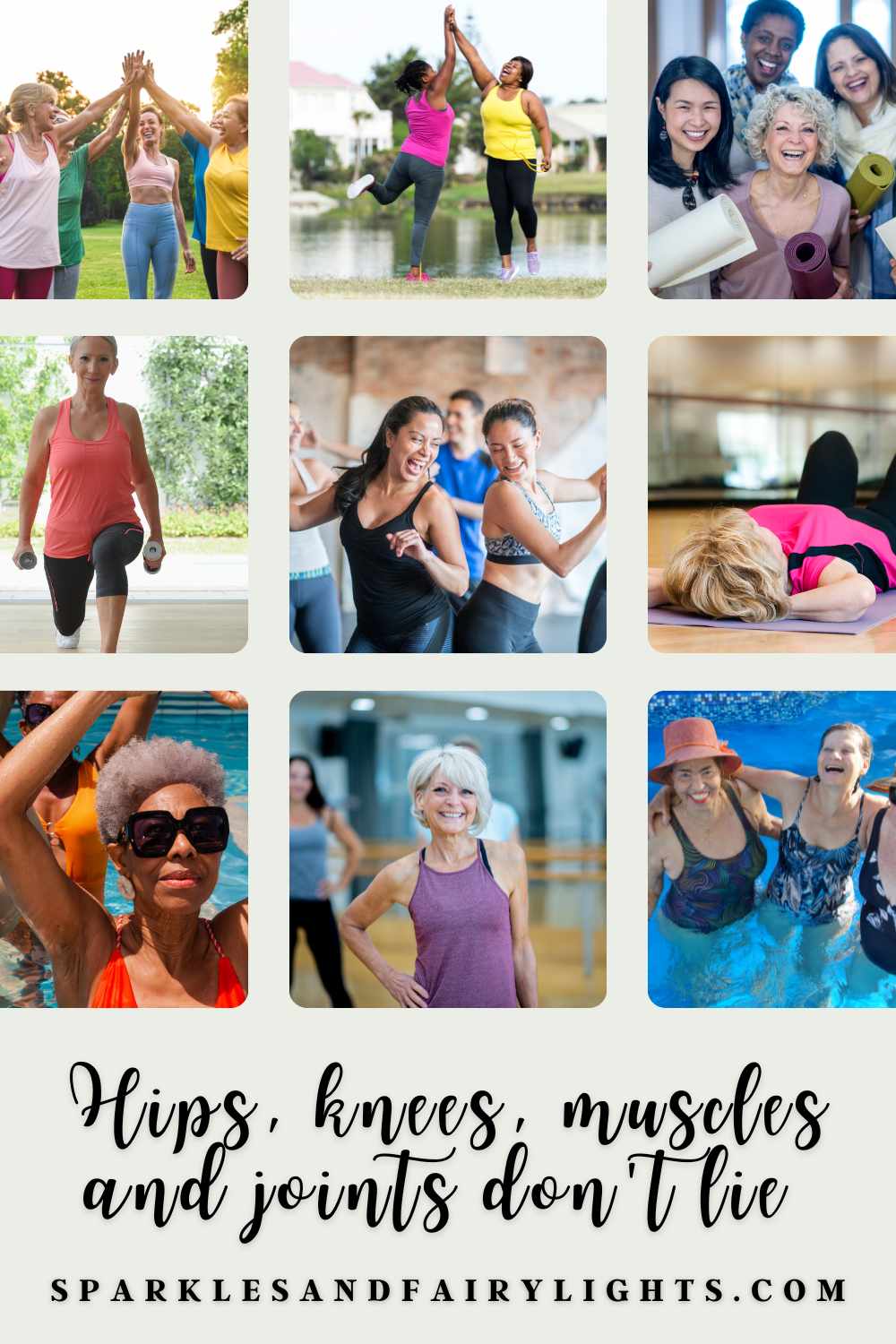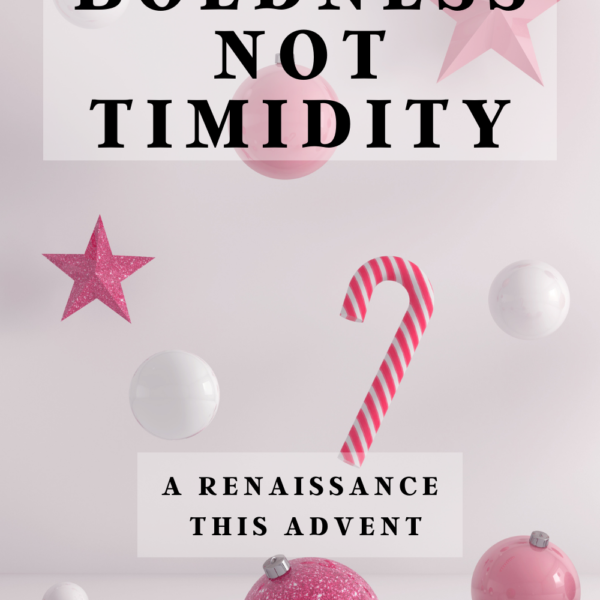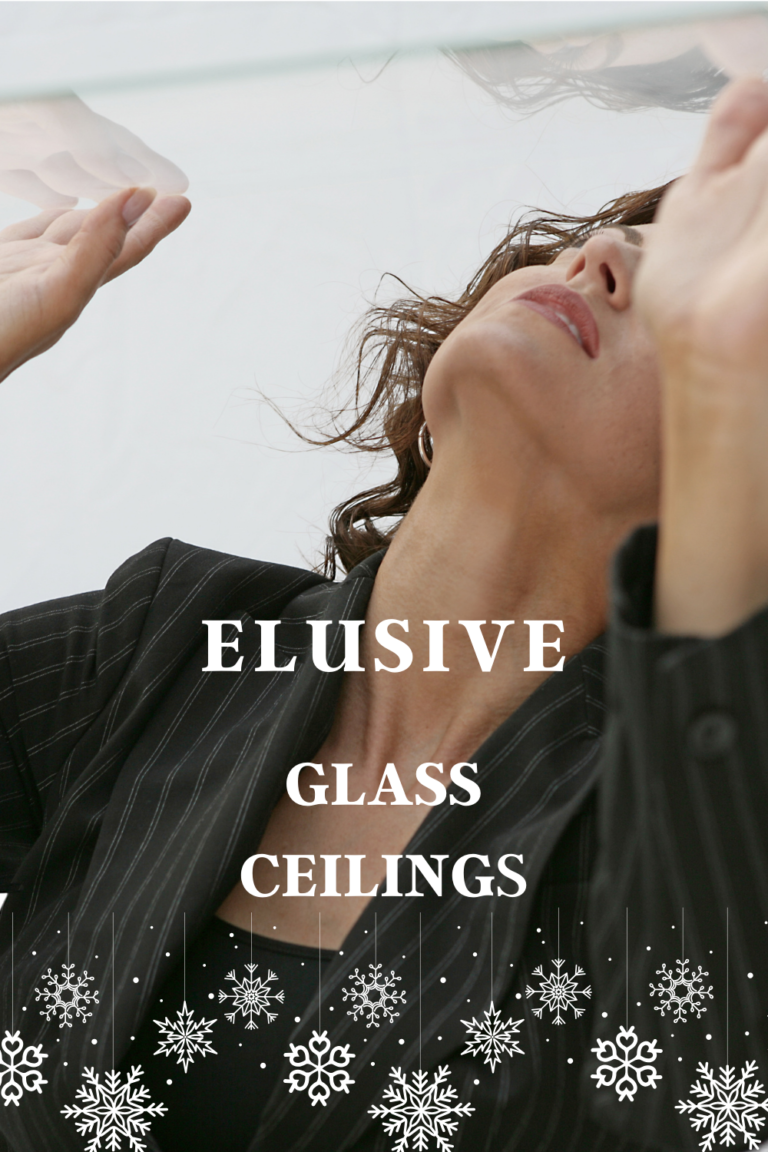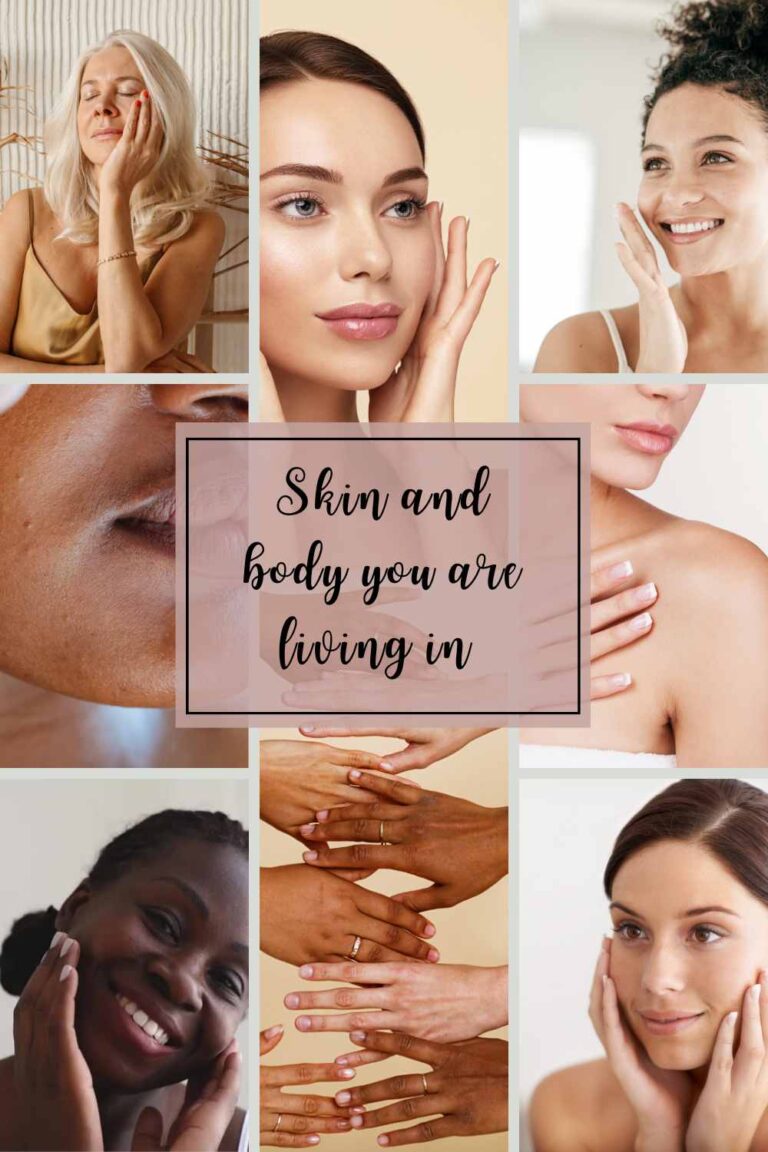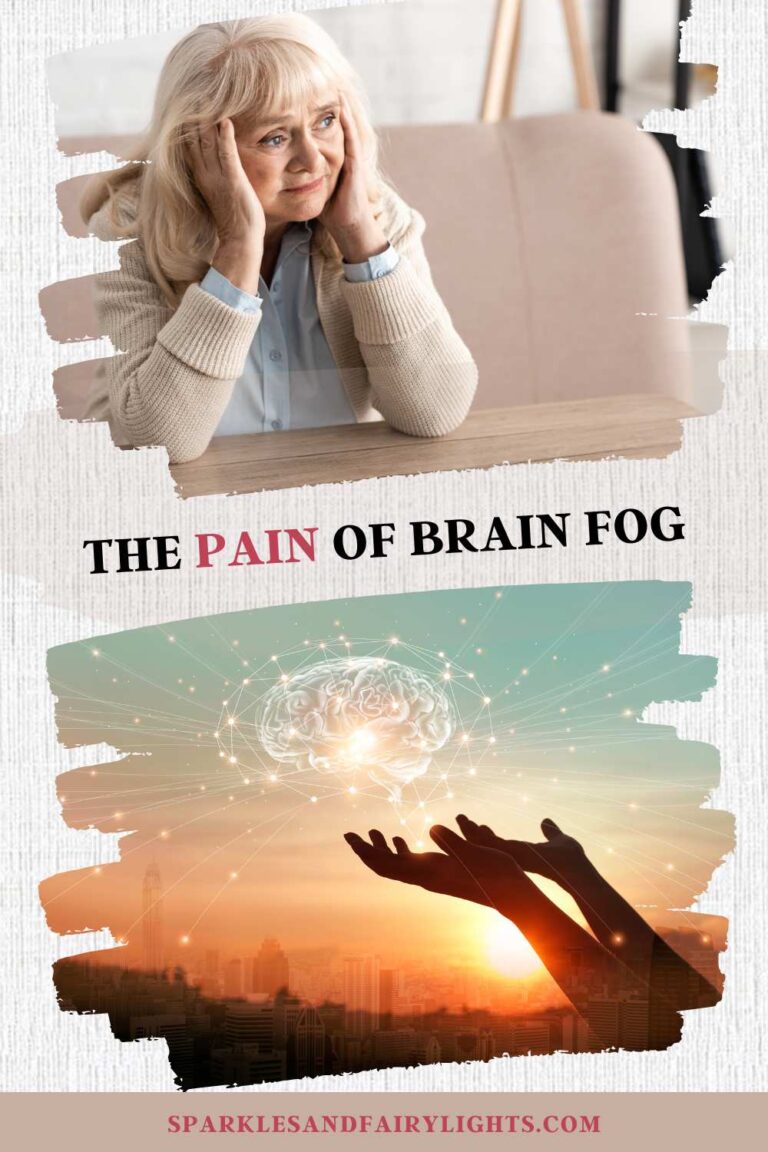Hips, knees, joints et al don’t lie
Ladies, we may or may not be professional athletes, but our bodies are also put to the test on a daily basis, albeit in different ways and by mid-40s the wear and tear starts to become evident. The #stiffness so often associated with #perimenopause quickly informs one that things are not the same as before.

Ligaments and tendons are no longer as supple and flexible as we remember. Soon inexplicable incidents start to occur like random tendonitis. I read an Instagram post recently that pointed out that tendonitis very well could also be a symptom of perimenopause. I had never read that one before and was intrigued.
Knees
Talking about knees, joints and all. New challenges face us all the time and our bodies are taking a toll.
Whether you envision more of the same for your future, being a busy mom and/or professional, wherever you are in life, chances are you plan on being busy and giving to others. Life requires you to put shoulder to the wheel and have broad shoulders for all the responsibilities you need to bear.
It is no time for a back to be giving you a problem. Perhaps, you dream of giving that career change a good shot before it is too late. Or pursue a life-long mission, or the aspiration of going trekking through a country that has long held you spellbound in its mystical grip.
As we pursue all that life has to offer, there is no time for knee pain or being hamstrung by hip issues, backfiring muscles and back-talking joints. The famous singer Shakira, who once famously sang that “Hips don’t lie”. Perhaps that was once the case, but in your 40s you may find that all of a sudden the hips are not lying in a whole new way.
Now the hips are joined by the knees, muscles and joints and more besides, all being brutally honest and screaming out, “ouch”, or “slow down” or “take it easy” or even “eina” as we say in South Africa. So what is the deal at this age? No need for knee-jerk reactions let us look at what the medical experts have to say.
Medical experts
A Medline Plus article titled Aging changes in the bones – muscles really does a great job of breaking it down.
“The #joints become stiffer and less flexible. Fluid in the joints may decrease. The cartilage may begin to rub together and wear away. Minerals may deposit in and around some joints (calcification). This is common around the shoulder. Hip and knee joints may begin to lose cartilage (degenerative changes). The finger joints lose cartilage and the bones thicken slightly.
“Lipofuscin (an age-related pigment) and fat are deposited in muscle tissue. The muscle fibres shrink. Muscle tissue is replaced more slowly. Lost muscle tissue may be replaced with a tough fibrous tissue. This is most noticeable in the hands, which may look thin and bony.”
It then advised that, “Exercise is one of the best ways to slow or prevent problems with the muscles, joints, and bones. A moderate #exercise program can help you maintain strength, balance, and flexibility. Exercise helps the bones stay strong.”
Hallelujah! That is good news indeed.
Good news
A Better Health Channel article summed it up beautifully, I quote: “Some age-related changes, such as wrinkles and grey hair, are inevitable. It was once thought that changes to muscles, bones and joints were unavoidable too. However, researchers now suggest that many factors associated with ageing are due to inactivity, and that performing physical activity can help to reduce or reverse the risk of disability and chronic disease.”
I reiterate – what fantastic news, it means we literally don’t have to get out of joint about it. All we need to do is some exercise. And the news gets better, we don’t even have to do heavy lifting at the gym to get results, just moderate exercises on a regular basis.
The article further elucidated: “Muscle loses size and strength as we get older, which can contribute to fatigue, weakness and reduced tolerance to exercise. This is caused by a number of factors working in combination, including:
- Muscle fibres reduce in number and shrink in size.
- Muscle tissue is replaced more slowly and lost muscle tissue is replaced with a tough, fibrous tissue.
- Changes in the nervous system cause muscles to have reduced tone and ability to contract.
Exercise encouraged
According to the article, “Many of these age-related changes to joints are caused by lack of exercise. Movement of the joint, and the associated ‘stress’ of movement, helps keep the fluid moving. Being inactive causes the cartilage to shrink and stiffen, reducing joint mobility.
“Exercise can prevent many age-related changes to muscles, bones and joints – and reverse these changes as well. It’s never too late to start living an active lifestyle and enjoying the benefits. “
Personally, I love it that it is never too late. All of a sudden, I can distinctly hear Kylie Minogue singing, “It’s never too late, we’ve still got time… It’s never too late to change your mind.” Evidently, it’s not too late for your body either. The news just seems to be getting better, don’t you think?
The article also explained that exercise can make bones stronger as well as help to decelerate the rate of bone loss. It noted that older individuals were able to increase their muscle mass and strength through muscle-strengthening activities. Furthermore, weight-bearing exercises proved to be the best for maintenance of bone mass and that stretching was an excellent way to help to maintain joint flexibility.
The joints
Hip, hip hooray, I say. In addition, an A Vogel article also shed some light and I quote: “There are a number of causes of joint pain during menopause [perimenopause] including:
- Hormonal changes
- Dehydration
- Stress
- Weight gain
- Diet
- Poor posture
- Increased sensitivity to pain.
“Falling oestrogen levels are thought to be one of the main causes of joint pain during menopause. As you reach menopause, levels of oestrogen in your body begin to drop.
Water is vital
Oestrogen is responsible for regulating fluid levels in the body; therefore, if levels of this hormone are low, the body becomes less able to hold water, which can affect the hydration and lubrication of the joint tissues, including the cartilage, ligaments and tendons.
“Up to 80% of cartilage is water, making it a very important component of this flexible and protective tissue, which acts as a cushion between the bones, absorbing shock and easing friction. Water is also a natural part of synovial fluid, a gel-like liquid which lubricates the cartilage and helps the joints move without creating friction.”
“Water is also needed to help support the flexibility and elasticity of the ligaments and tendons. Ligaments connect one bone to another and are needed for joint stability, while tendons connect your muscles to the bones. When your ligaments and tendons lose their elasticity, your range and ease of movement can be reduced.
“Therefore, without enough water, the flexibility and lubrication of the joint tissues can all be affected. When this protective and supportive nature is impaired, it can cause aches, pains and stiffness to develop.
“Fluctuating oestrogen levels may also give rise to underlying, low-grade inflammation as a result of the effects it has on the functions of joints, which could also be a factor in menopause joint pain.”
The role of magnesium
Another interesting nugget in the article was about magnesium, I quote, “Magnesium is also needed to keep your muscles relaxed, so low levels can cause them to tense up and become tight and stiff, which can impact the muscles that the control movement of the joints.”
I have supplemented with magnesium for years after reading about its efficacy from women who have felt relief as described in forums. My gratitude for the medical knowledge we have access to is immense, but also the many women who have shared their stories and mentioned the remedies that have actually helped. I will always recommend connecting with such groups to hear other women’s stories first hand and learn from it if there is a need.
However, the above-mentioned article is a pure gem in explaining what joint pain in this time may feel like, I quote: “Any of your joints can be affected, from little joints such as fingers and toes, right up to the major joints such as hips and knees.
“Feeling achy, stiff and creaky and sometimes experiencing a burning feeling around the joints are typical symptoms of menopausal joint pain. These may be worse in the morning, improving as the day continues. While pain can be localised to individual joints or a few joints, many women also describe a feeling of aching all over.
“This is a bit of an unusual and surprising one but women have also reported instances where old injuries from childhood or more recently have been known to ache again. For example, a previously broken wrist feeling tender again or whiplash from a mild car crash 5 years ago returning.
It concluded as follows: “So if a specific area is feeling tender, it is worthwhile thinking back to previous injuries or any instances of mild trauma which might have occurred to that area.”
Finally, I quote from Physio-pedia. It is on a mission is to improve global health through universal access to rehabilitation knowledge. An article on this website called Effects of ageing on joints pointed out the following:
“No matter how healthy an individual is, as they age their joints will show some changes in mobility, due in part to changes in the connective tissues. As joint range of movement has a direct effect on posture and movement, this can result in marked alteration of function.”
The article wonderfully explains age-related changes in connective tissues, bone, cartilage, etc. and is well worth checking out. I have quoted quite extensively this week, thank you for sticking around with me. I wanted the information to come from the horse’s mouth so to speak.
Next time, I will ask you to consider ditching two vices that hamper living at this age. And they are hard to let go of. I am sure you can guess. The other things I would like to ditch border on personal observation and may or may not be of interest to you. Please comment or share.
Latest posts
Waiting for our “lucky” day
Advent It is that momentous, fabulously lucky day we all fantasise about – when our dreams come true and the opportunity of a lifetime presents itself. That is the day I am talking about. Will you be ready for…
More blessed to give than to receive
Advent In everything I did, I showed you that by this kind of hard work we must help the weak, remembering the words the Lord Jesus himself said: “It is more blessed to give than to receive.” Acts 20:35 In the authentic…
Cottagecore-style living
Advent … and to make it your ambition to lead a quiet life: You should mind your own business and work with your hands, just as we told you, so that your daily life may win the respect of outsiders…
Boldness not timidity
Advent They say that “fortune favours the bold”. No, you don’t have to be beautiful; just bold. Get the gimmicky nod to that day-time soap that had South Africans tuning in so long? But why bold though? Someone who exhibits…
Prayer with the power to move mountains
Advent I can almost hear The Lord of the Rings’ haunting, suspense-inducing musical score and, in my mind’s eye, see Frodo Baggins and Co on their journey to carry out a near-impossible mission. There they were, brothers in arms and…
- The human value and capacity driving copywriting in 2025 - March 6, 2025
- Authenticity, professionalism and hope in a curated world - February 6, 2025
- Authentic epiphany watching the trailer for “With love, Meghan” - January 27, 2025

